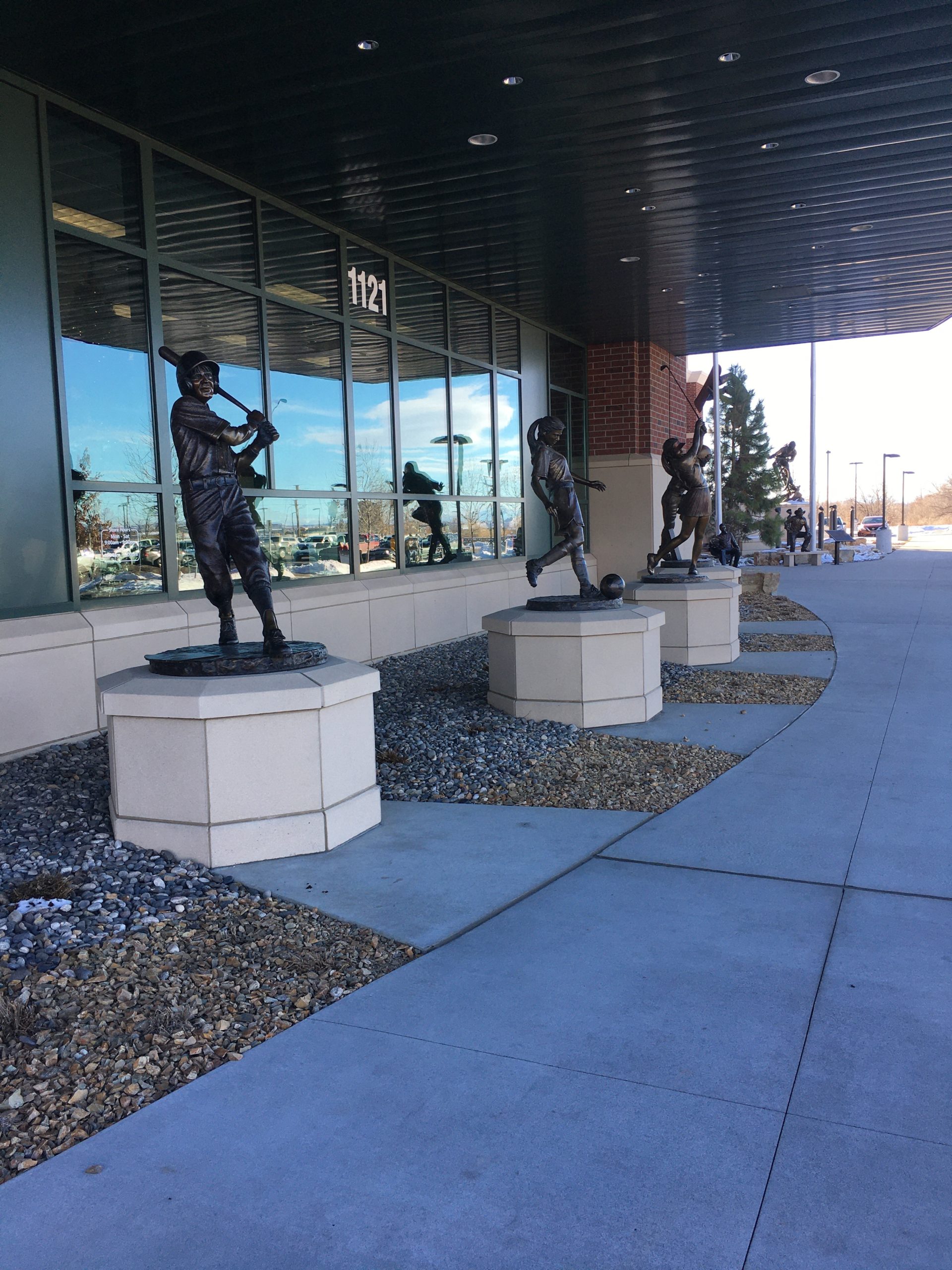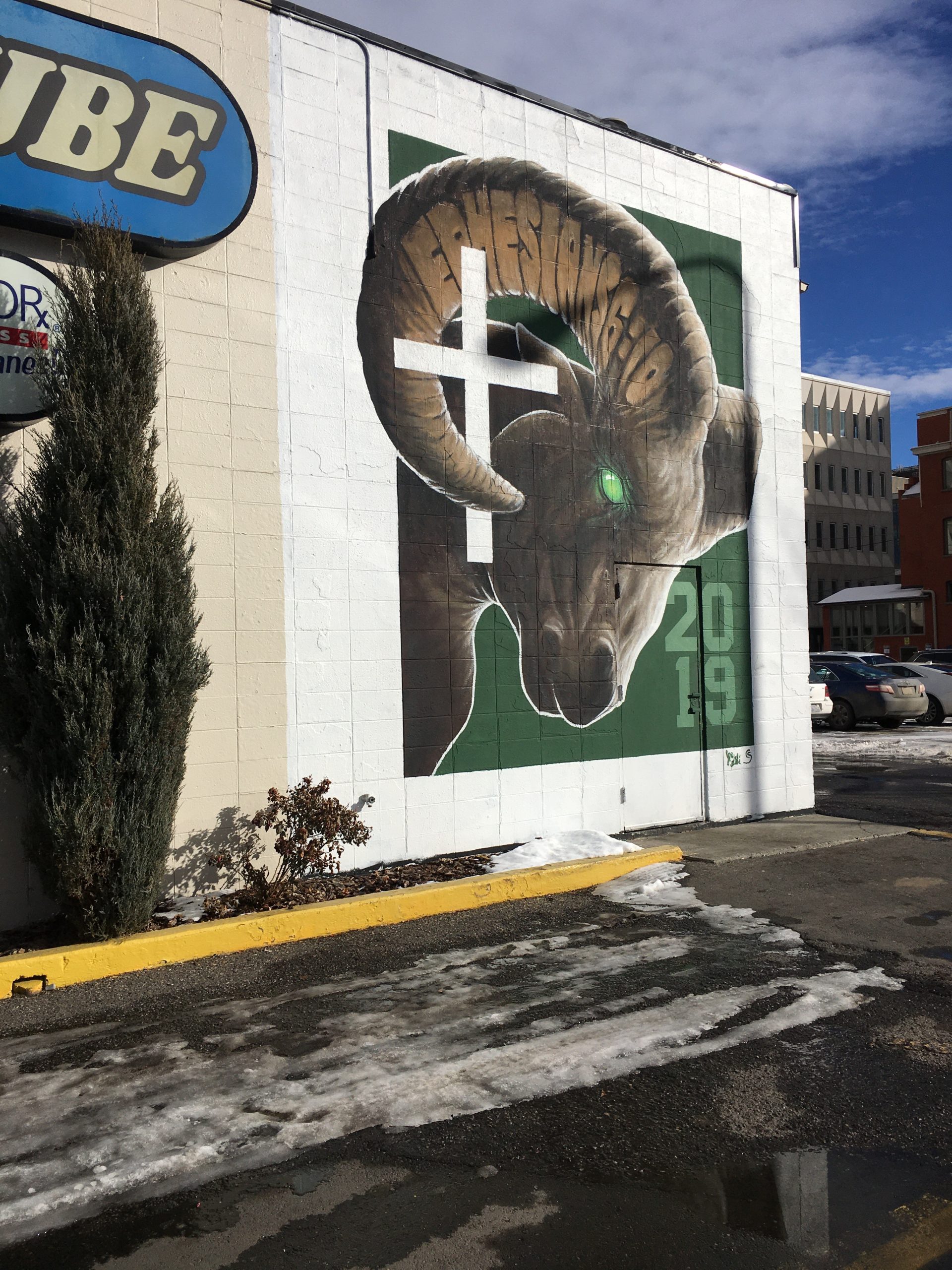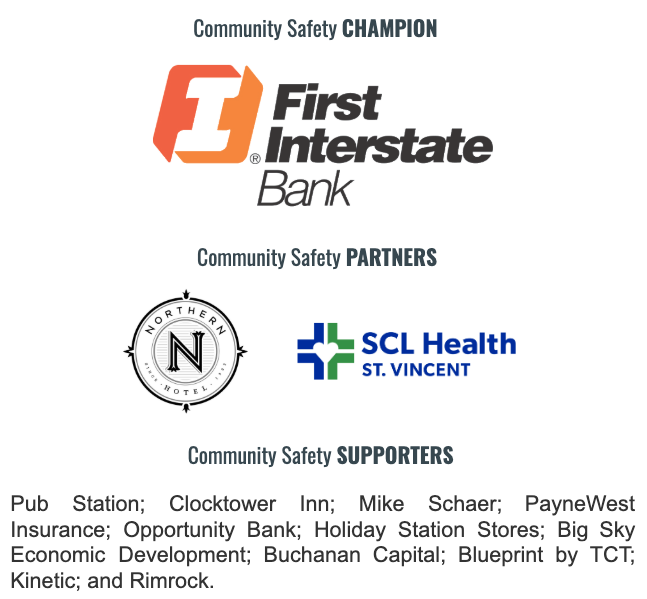By Dan Brooks
Back to School
I recently attended the National Institute for Crime Prevention’s (NICP) crime prevention through environmental design (CPTED) courses. The training was exceptional and I’m fortunate to have been able to attend and bring that training back to empower our businesses and help address public safety issues in Billings. Because the truth is, our public safety officers can’t do this alone. If we want to create a safer Billings for generations of residents and businesses to come, we all have to take responsibility and work toward that end.
How do we do that? Well, beyond supporting a safety levy when it comes up for a vote, our businesses can implement a crime prevention strategy utilizing the guidance of CPTED. Businesses across the country have already adopted the CPTED model, eliminating real and perceived opportunities for crime on their properties and providing a safer environment for clients, shoppers, and community. Disney, MGM Casinos, Glock, Starbucks, Walmart, and McDonalds are just a few of the businesses to send employees to CPTED training.
Modifying Human Behavior
Just like our businesses, CPTED seeks to modify human—namely, criminal—behavior by evaluating and adjusting environmental conditions. Take colors, for instance. We know that nearly every fast food restaurant logo is red or yellow because those colors evoke a sense of hunger and stimulate the appetite. Have you ever compared prices at the grocery store? Well, maybe not since college, but you may recall that cheaper items are on the bottom shelf. The shelves at eye level are reserved for items with the highest markup. Not because they are a better value to you, but because grocers know people are more likely to choose from those shelves simply because of the direct eye-level placement. And I can’t be the only one to leave a Vegas casino penniless because their floor layout ensures you find another opportunity to gamble before you can locate an exit.
There is no question that environmental factors, whether intentional or unintentional, can affect behavior. Color provokes feelings, placement influences choices, and environmental surroundings can encourage people to make poor choices. That’s where CPTED comes in, building from the same principles businesses use to influence people to act in a certain way.
Four CPTED Concepts
Let’s take a quick look at each of the four overlapping CPTED concepts:
(1) natural surveillance;
(2) natural access control;
(3) territorial reinforcement; and
(4) maintenance.
Natural Surveillance
You can improve safety by putting more eyes on the streets, improving visibility with lighting, and generally increasing the perception that people can be seen. Architecture itself plays a large role in impacting safety. Poor design can allow for undesirable activity in unseen places. Orienting offices to overlook an employee parking lot or shared open space is an easy way to add safety to a property. Construction materials can greatly affect real and perceived safety issues. Would you feel more comfortable walking up an enclosed concrete parking garage stairwell, or one with a glass façade that allows pedestrians on the street to see inside? One of the easiest ways to think about this CPTED principle is: are we maximizing “eyes on the street” to discourage undesirable activity?

Natural Access Control
Clearly defining entryways, incorporating design elements, and landscaping placement can all guide people to an appropriate building entrance. Have you ever had a hard time finding the entrance to SCHEELS? Of course not—no one has. The company logo on the front placed where everyone in the parking lot can see it, the sidewalks and landscaping funneling people to the doorway, the sports sculptures that draw you in, and the see-through glass on the front of the building that shows people where the other shoppers are located ensure people can easily get to the correct entrance without accidentally finding themselves where they shouldn’t. In that instance, people acting in abnormal or undesirable ways quickly contrast with normal use and can be identified as seeking mischief.
Territorial Reinforcement
Territorial reinforcement can be simple modifications to property that send a signal of ownership, deterring abnormal activity and still allowing for appropriate use. For instance, defining the threshold between public and private space by installing a small decorative fence can provide territorial reinforcement. “But a criminal could just jump the fence,” you point out. Sure, but the intent may not be to restrict access (you could install 6 foot tall fencing for that), but to subconsciously signal the space is private and not public. It also signals to other eyes on the street someone is behaving abnormally. The fence jumper isn’t just cutting across the lawn, they’re actively entering a space they probably don’t belong.
Maintenance
The fourth CPTED concept is maintenance, overlapping benefits with territorial reinforcement. Following the Broken Windows Theory, which suggests the existence of a broken window will increase the chances someone breaks another window, exercising proper maintenance will impact both real and perceived safety risks. Cleaning up graffiti before more appears, replacing inoperable lighting, and trimming hedges and trees to improve natural surveillance are all key elements to maintaining safety. An architect can plan the perfect CPTED building, but if nobody cleans up the graffiti, if it’s dark as night in the parking lot because lights weren’t replaced, and nobody can view through their windows because of overgrowth, the property is no more safe than if CPTED concepts hadn’t been observed in the planning.
Public Art
Though it’s not specifically one of the four main CPTED concepts, public art fits into both the maintenance and territorial reinforcement aspects. Implemented alongside other CPTED improvements, public art signals ownership of private space and serves as a deterrent to unwanted behavior. Murals around town have added vibrancy to our community and promoted pubic safety at the same time. We should promote the good work of organizations like Downtown Billings Alliance, Rotor Action, Master Lube, Pub Station, and Big Sky Economic Development among others, who are engaging in public art campaigns and build on them to promote public safety as well.

Cameras, Alarms, and Security Guards
I haven’t mentioned the use of cameras, alarm systems, or security guards up to this point because these should all come secondary to the CPTED concepts mentioned above. For security and liability purposes your property may need to utilize mechanical (cameras and alarms) and organizational (security guards) security strategies. But if the four CPTED concepts are implemented correctly, reducing undesirable activity through good design, mechanical and organizational security may not be as necessary.
Bring it to Billings
Attending the NICP’s CPTED certification courses I quickly realized that, compared to other communities, we are behind the curve in implementing these strategies. My colleagues in the course largely came from government departments across the US that have utilized CPTED strategies for many years, some over decades. Most will head back to their jobs and return to communities already bought into these principles. In Billings we start at square one. Considering our fresh start, there are a few key points to keep in mind.
We Can’t Do this Alone
As far as I’m aware there are only three CPTED Certified Professionals in Billings: myself, Joe Stout with Downtown Billings Alliance (DBA), and Officer Tom Keightley with the Billings Police Department (BPD). We already have a roster with over a dozen requests to do a CPTED evaluation on business properties. And I assume more will come our way as we raise awareness and people start to see the value. However, two problems arise: (1) our limited capacity to handle the growth in interest; and (2) a property-by-property evaluation approach will be far less effective than a city-wide approach.
To address the first, we need more people to take the CPTED training. City planners, zoning commission members, large employers, TIF administrators, economic development professionals, architects, and retired law enforcement looking to give back to the community, would all play a vital role.
Without a uniformly applied strategy, positive impact and benefit will remain limited. A good start could be at the city planning level. After speaking with a couple councilpersons, the City might consider requiring a CPTED evaluation for new construction or major renovations requiring city approval.
No Free Lunch
Just a friendly reminder that everything has a cost. Surprise! The CPTED concepts discussed above, while inexpensive, are no less an expense. Extra time with an architect to get the design right costs extra. Two more LED fixtures in the parking lot to ensure even distribution of light at night costs extra. Expanding the contract with your landscaper to come by two more times throughout the year to trim the hedges and improve natural surveillance costs extra.
But keep in mind the well designed, more expensive building that engenders a feeling of safety and security for employees is likely to have more productive employees. The newly installed LED fixture in the doorway can keep unwanted vagrants from finding respite in a business entryway, where before there may have been issues and lost business. In the worst-case scenario of a client or patron injured on your property in an act that was made possible by neglecting safety concerns, wouldn’t it have been less expensive to invest in safety up front?
But When Possible, Get the Free Lunch
The concepts of CPTED don’t all mandate you pay for them. Volunteer civic organizations are constantly looking for ways to give back to the community. Enlist their services to paint a mural, build a community garden, or install playground equipment to activate an appropriate space. These are easy ways to clean up an area, and activate it (maximizing “eyes on the street” to discourage undesirable behavior) to reduce real and perceived crime.
Chamber as Champion and Partner
The Billings Chamber is committed to addressing public safety by implementing a two-part approach. First, we are offering CPTED evaluations to our members free of charge. Working with the DBA and BPD, we hope to complete as many as possible starting at the beginning of 2020. If you are interested in getting your property on our roster, please let me know: daniel@billingschamber.com.
Second, the Chamber has been supportive of the safety mill levy process, offering input to councilpersons, raising awareness during the city council campaign, and advocating for the funding that will hopefully shed our shameful title as “least safe city in Montana.” If we want to help our businesses find the workforce needed to grow and prosper, we cannot be seen as the least safe city in Montana.
We cannot do any of this without you, our membership. Below are five ways you can help to make a difference.
- Sign up for a CPTED evaluation of your business and invest in recommended upgrades.
- Share this CPTED information with others to raise awareness.
- Send an employee to the NICP CPTED training and partner with our evaluation team (Chamber, DBA, and BPD).
- Support the upcoming safety levy to help improve our status as the least safe city in Montana.
- Volunteer with a civic organization working to brighten up our community.

